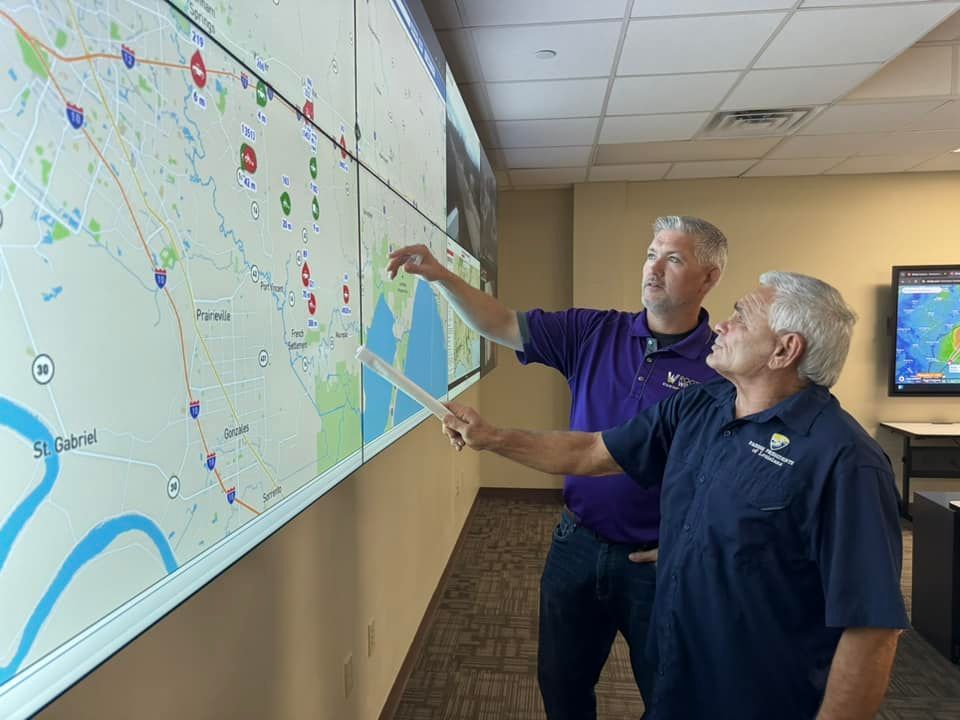WHAT WE DO
The Smart Way To Pay for Audiovisual Technology
OUR PROCESS
At Link Integration Group, we are passionate about
helping you leverage the power of technology to achieve your business goals. Trust us to manage your project from concept to completion, providing you with peace of mind and a seamless integration experience. We value the
needs, ideas, and
vision of our clients and utilize our experience and creativity to create the ultimate business solution. Our Focus is to design + install systems that enhance workflow and increase efficiencies that
exceed expectations.
AV AS A SERVICE in Baton Rouge
AVaaS provides an alternative approach for accessing audio and video solutions consistently. This model enables businesses to obtain Audio and Video Equipment, Wireless Collaboration, Internal Communication, Microphony, Telephony, etc. through a monthly subscription, eliminating the need for substantial upfront investments in equipment or frequent updates.
LEARN MORE ABOUT AVAAS
7 BENEFITS TO AN LSA AGREEMENT
LINK SYSTEM ASSURANCE
The technology that drives your organization is only as good as the expertise and support behind it. The engineers at Link Integration Group understand this, which is why they’ve developed Link System Assurance, or LSA. With this partnership the extra costs of downtime, repairs, and replacements can be mitigated; keeping your meetings, operations, and growth on time and on track. From prioritized service access, annual audits and remote monitoring that can solve problems before they occur, to discounts on updates and upgrades that keep your business optimized, the benefits that LSA offers are far reaching and customized for your needs.






